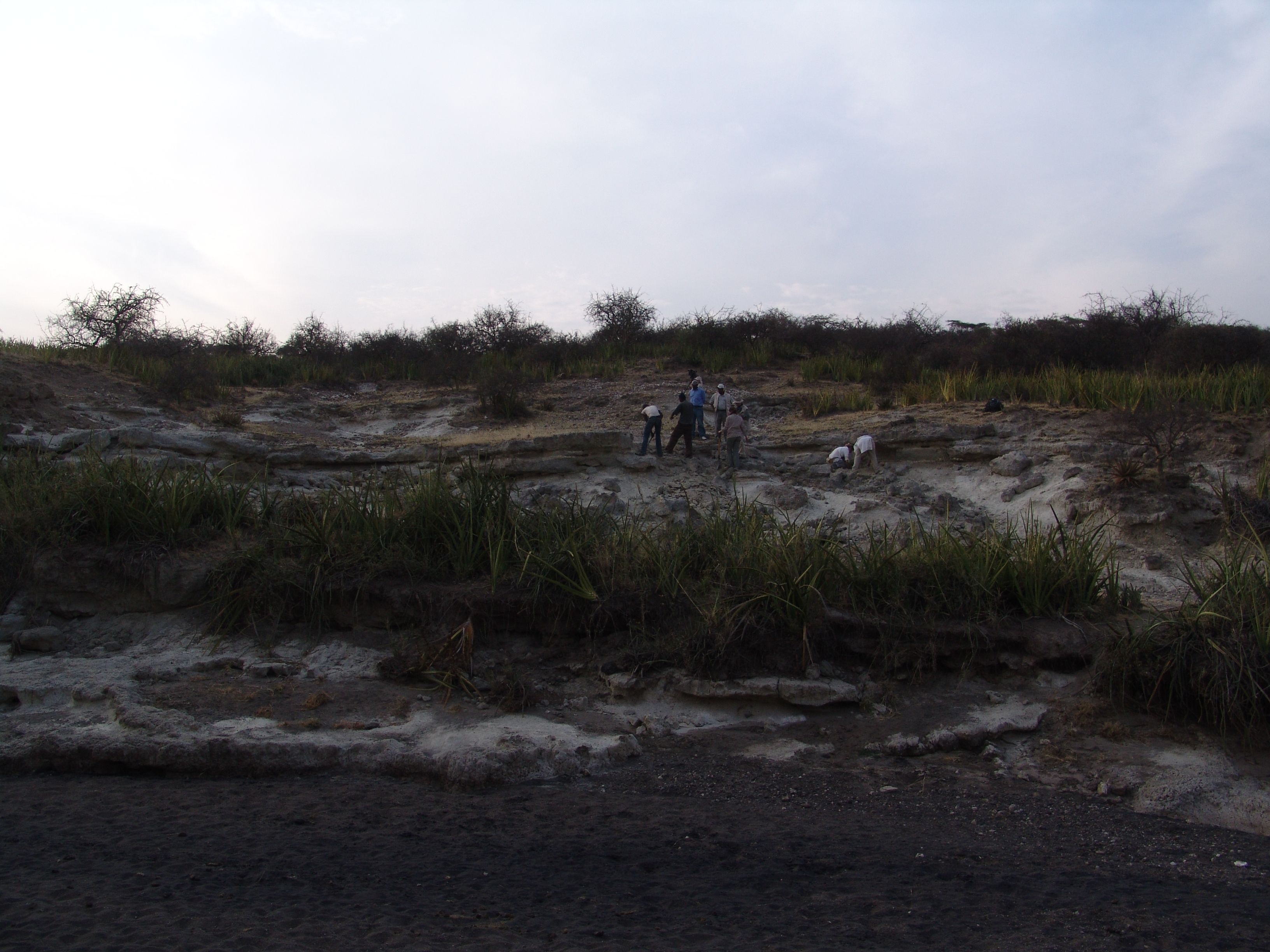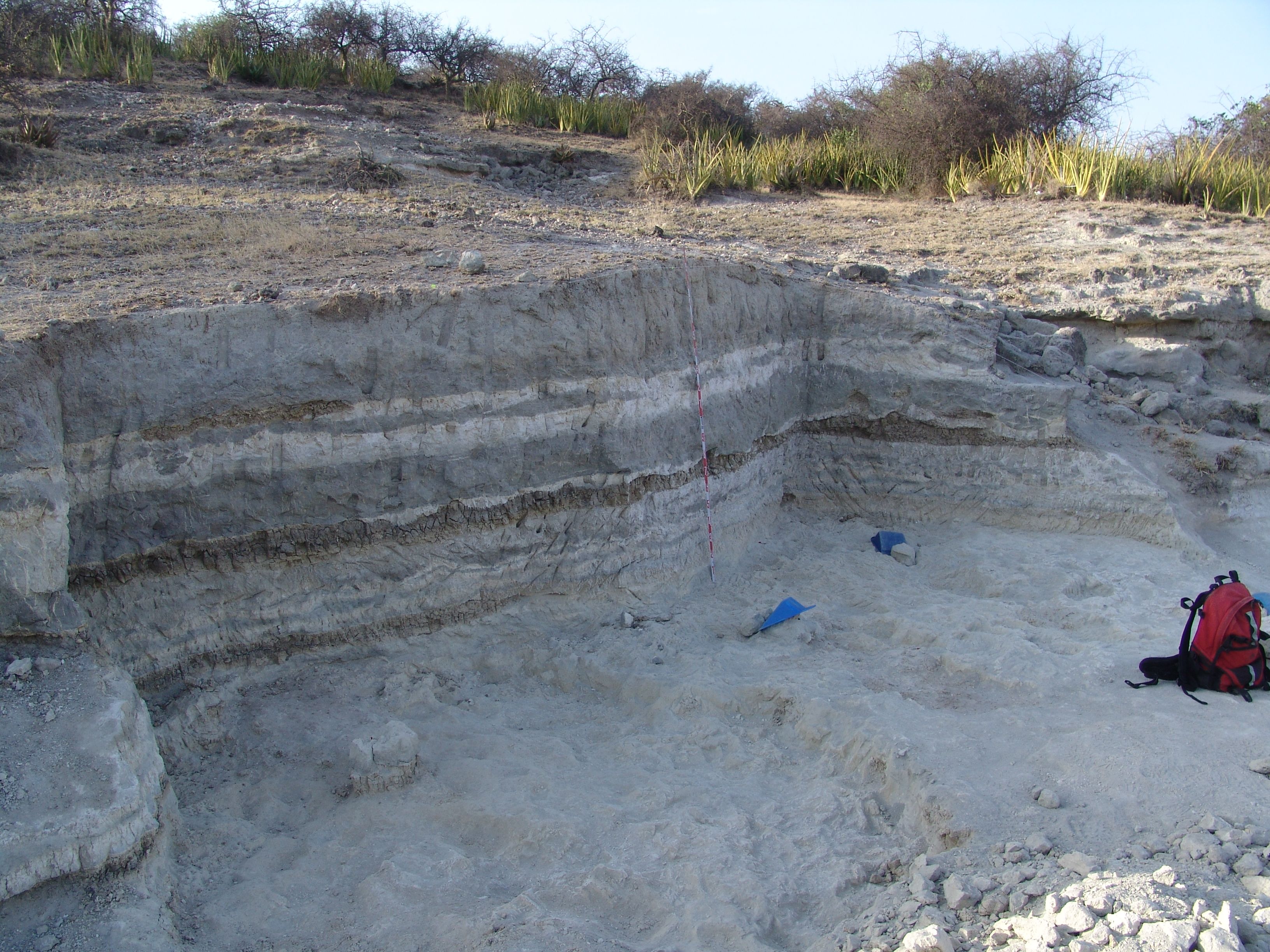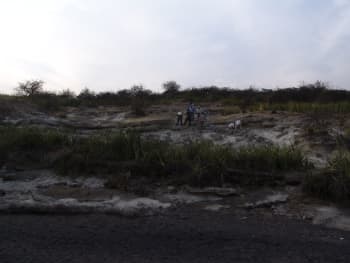Were Paranthropus boisei both arboreal and bipedal?
New evidence could offer some insight

Dr Julia Aramendi is a Newton International Fellow based at the McDonald Institute for Archaeological Research working on the project entitled “Exploring locomotor and biomechanical diversity in the hominin fossil record based on long bone external morphology”, funded by The British Academy, Spanish Ministry of Science and Innovation, the Spanish Ministry of Culture, Palarq and E2in2.
Prior to this, Dr Aramendi completed a PhD focused on the study of hominin long bone morphology and biomechanics at the Complutense University of Madrid and worked as a postdoc researcher at the Universities of Salamanca and of the Basque Country.
Her work focuses on two parallel but interconnected research lines that rely on the use of state-of-the-art methods such as 3D geometric morphometrics, artificial intelligence and virtual labs to study the archaeological and paleontological fossil record.
Along with colleagues, Julia has had a paper published in the Journal for Human Evolution; ‘Biomechanical and taxonomic diversity in the Early Pleistocene in East Africa: Structural analysis of a recently discovered femur shaft from Olduvai Gorge (Bed I)’.
The paper delves into the discovery and analysis of a new 1.8 million-year-old femur found in Olduvai Gorge, Tanzania.
It is possible that the femur may have belonged to a hominin species outside our clade, feasibly Paranthropus boisei, after biomechanical analysis revealed similarities with another specimen from Olduvai Gorge.
Historically, it has been challenging to identify post-cranial Paranthropus boisei fossils, due to the rarity of such finds, so this analysis is particularly illuminating.

New 2-million-year-old femur shaft found in Olduvai Gorge (Credit: Javier Trueba/Julia Aramendi)
New 2-million-year-old femur shaft found in Olduvai Gorge (Credit: Javier Trueba/Julia Aramendi)
After analysis of both the external anatomy and the internal bone structure, it became apparent that the bone fragment displays clear adaptations to bipedalism in addition to a feature that has never been observed in any other hominin femur, which could be tentatively associated with some form of arboreal behaviour, likely tree climbing.
Dr Aramendi suggests that future research should utilise cutting-edge techniques such as high-resolution 3D imaging, geometric morphometrics and machine learning in order to unlock more answers about this bone’s taxonomic allocation.
Lower Pleistocene site of Amin Mturi Korongo (AMK) in Olduvai Gorge (Tanzania)

The paper is published in the Journal for Human Evolution here.
The research was funded by The British Academy, Spanish Ministry of Science and Innovation, the Spanish Ministry of Culture, Palarq and E2in2.
Published 11th December 2023
Image of fossil bone: Javier Trueba, edited by Julia Aramendi
Images of Olduvai Gorge site: Julia Aramendi
The text in this work is licensed under a Creative Commons Attribution 4.0 International License





